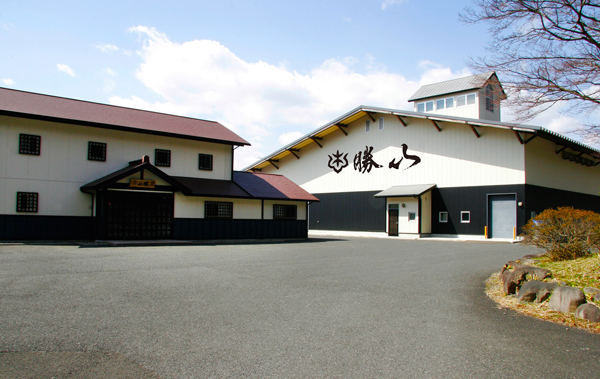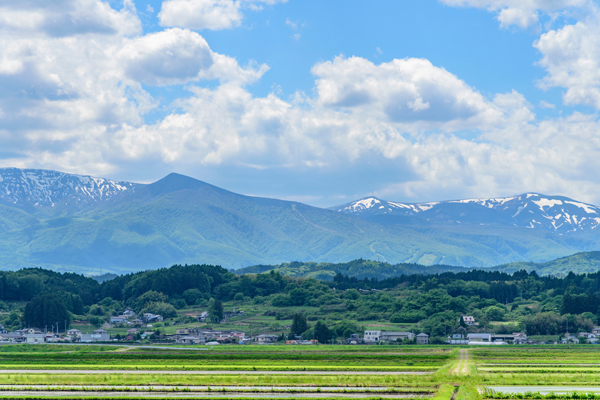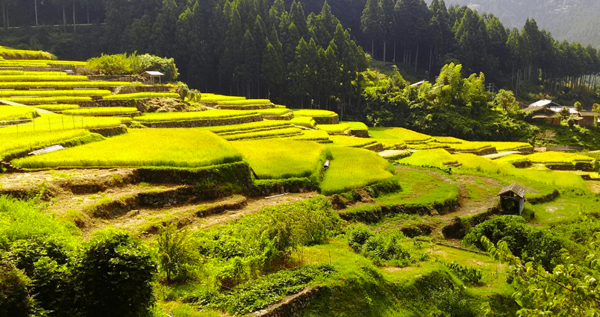Discover sake – rice wine, a Japanese tradition
How it is produced, how it tastes – when, how and to what it’s going well
https://www.bonvinitas.com/media/reviews/photos/thumbnail/780x480c/f9/52/d5/discover-sake-rice-wine-a-japanese-tradition-53-1752350045.jpgSake Hatsumago Kimoto Tradition, 15%, from the brewery Tohoku Meijo in Sakata, Yamagata Prefecture
Color: clear, slightly tinted
Aroma: very soft, sweet, with gentle hints of cotton candy and semolina slices
On the palate: also very soft, smooth, fully filling the mouth, a hint of butter and sour candy in the background
Aftertaste: long-lasting, developing into a very subtle yet stimulating bitterness.
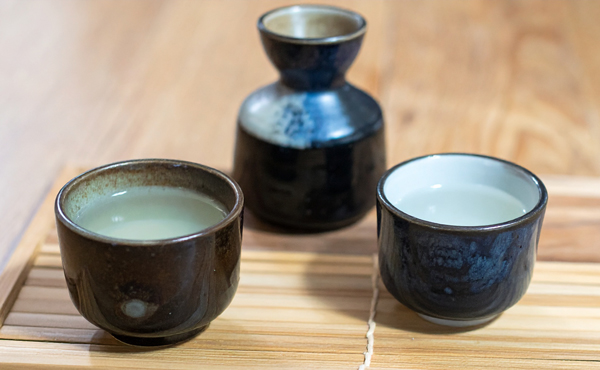 It has something of white chocolate and pairs well with rice dishes such as sushi and curry chicken, but also with sweet dishes like filled pancakes. It is also recommended with aged cheese and heartier dishes like grilled steaks. Sake can be enjoyed cold, following Japanese traditions, but also warm or even hot. A temperature of 10 to 15 °C is recommended. The 720 ml bottle is offered in online shops for around €23.
It has something of white chocolate and pairs well with rice dishes such as sushi and curry chicken, but also with sweet dishes like filled pancakes. It is also recommended with aged cheese and heartier dishes like grilled steaks. Sake can be enjoyed cold, following Japanese traditions, but also warm or even hot. A temperature of 10 to 15 °C is recommended. The 720 ml bottle is offered in online shops for around €23.
The brewery Tohoku Meijo
which markets under the Hatsumago brand, dates back to 1893 and contracts many farmers in the region to cultivate sake rice Dewasansan, a variety developed in Yamagata Prefecture. More on the varieties below, because sake is not made from regular table rice, but from special sake rice varieties. Sake has a long tradition in that region, as the city name Sakata means "the land of sake." Yamagata Prefecture is located further north in Japan on the west coast facing North Korea.
Sake Katsuyama Ken, 16%, from the brewery Katsuyama Supreme Sake Co. Ltd. in Sendai in Miyagi Prefecture
Aroma: subtly buttery and vegetal, gentle hints of sage and lovage
On the palate: stimulating, complex with notes of red bell pepper spice, nutmeg, oregano, almost a little metallic
Aftertaste: alongside the spices, something like candied lemon peel, long finish with traces of white pepper
Has something reminiscent of rum pot. Nice as a not too overpowering digestif, also with roasted almonds, and pairs well with many dishes including snacks. The Katsuyama sake is offered online at around €55 for a 720 ml bottle.
The Katsuyama Brewery
was founded over 330 years ago during the Edo period and is based in Sendai in Miyagi Prefecture. It was established to brew sake of the highest quality for the samurai of the Date clan led by the famous Date Masamune. The name Katsuyama means "Victory Mountain," which signifies good luck for samurai. Katsuyama is the only sake brewery in Miyagi that still supplies sake to the Date family today. For the best quality, pure spring water from nearby mountains is used. The prefecture is also located in the north, but on the Pacific east coast.
The Sake Culture
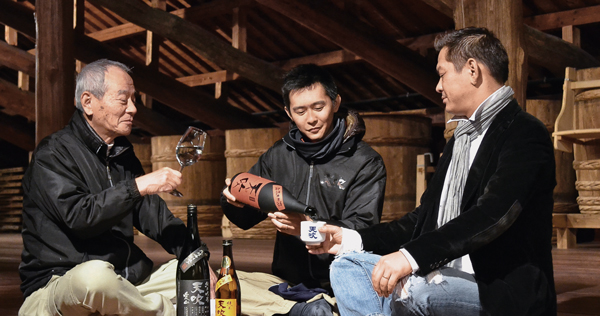 The word sake for rice wine is actually somewhat misleading, because sake literally means alcohol in Japanese and can refer to any alcoholic beverage. What we call sake in the West is called Nihon-shu in Japan, literally meaning "Japanese alcohol," highlighting its long tradition. It is a national drink similar to beer in our culture, offered in countless varieties and qualities and served from hot to cold. But let’s stick with the term sake, which has become established in our language.
The word sake for rice wine is actually somewhat misleading, because sake literally means alcohol in Japanese and can refer to any alcoholic beverage. What we call sake in the West is called Nihon-shu in Japan, literally meaning "Japanese alcohol," highlighting its long tradition. It is a national drink similar to beer in our culture, offered in countless varieties and qualities and served from hot to cold. But let’s stick with the term sake, which has become established in our language.
The Sake Brewing Process
It starts with the rice varieties. Special sake rice is used, which has slightly larger grains than table rice and contains less protein. Sake rice is preferably grown in more sheltered valleys because the stalks tend to be taller and can easily fall over in the wind. There are numerous varieties; the king is Yamada Nishiki.
Scientific institutes are dedicated to better understanding the aromas and qualities and improving these through rice breeding. A sake-specific variety requires registration by the prefecture and may then be called a "recommended variety," with the prefectures supplying the seed.
The first step in processing is polishing. That means the rice is freed from its husks, bran, and outer layers by rubbing the grains together. For good sake quality, the rice is polished down to 70% or less of its original size to gain the best aromas, which of course reduces yield. A polishing degree of 35% or less is considered very high and can take several days. Then the polished rice is washed, soaked, and steamed to prepare the mash. A very important role is played by the kōji mold, which helps fermentation to produce alcohol, since rice contains mostly starch and no sugar like grapes do. Finally, the mash is pressed and the liquid pasteurized — the result is sake. Thus, the term rice wine is somewhat misleading because the production resembles beer brewing more than wine making. The above-mentioned Kimoto tradition means that natural ferments brought by the rice from the field are also used for fermentation. Varieties, soils, climate, and the individual production steps allow large variations in character and quality in each brewery’s sake.
Since the end of 2024, sake has been part of the UNESCO World Cultural Heritage, which is a source of great pride.
Text: Dieter Simon, editor-in-chief of bonvinitas.
Sources: The Storybuilders; UENO Gourmet; Katsuyama Brewery; sakeexperiencejapan; japanwelt, sushiya; thejapanesebar
Photos: The Storybuilders, unless otherwise noted. Bottle photos from the breweries



